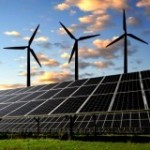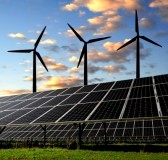
By Solar Times Bureau
The Ministry of New and Renewable Energy’s (MNRE) decision to remove tariff ceilings from renewable energy tenders will give the beleaguered industry a much-needed leg-up.
Renewable capacity addition dropped to ~9 GW in fiscal 2019, compared with 11-12 GW over fiscals 2017 and 2018, and remained subdued through fiscal 2020 as well.
With tariff caps brought down progressively, undersubscription had risen for renewable energy tenders, impacting project pipeline, as highlighted by CRISIL Research in its webinar and press release in August and September, 2019, respectively.
That, along with tax issues, inadequate availability of resources (land and connectivity), and imposition of safeguard duty forced developers to cherry-pick projects.
Not surprisingly, the allocation rate fell from almost 75-80% over fiscals 2016 and 2017 to 35-40% over fiscals 2018 and 2019, and is likely to be even lower at ~20% in fiscal 2020.
Says Miren Lodha – Director, CRISIL Research, “We estimate an incremental fillip of 6-7 GW from the removal of tariff ceiling over the medium term. Solar energy developers will now have the leeway to factor in higher risk in cases where the counterparty has a weaker profile, or irradiance is low, or there are other execution hurdles. This will allow for higher bid tariffs and improve subscription to tenders, though positive impact is expected to materialise only once the Covid-19 pandemic ends.”
